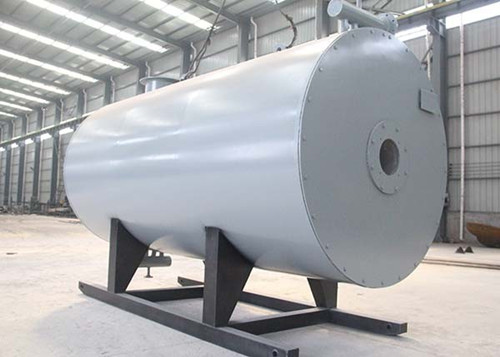Guide: The purpose of pickling is mainly to remove impurities such as iron oxide, copper scale and iron scale in the boiler evaporation heating surface, as well as to eliminate silica and scale.
The purpose of pickling is mainly to remove impurities such as iron oxide, copper scale and iron scale in the boiler evaporation heating surface, as well as to eliminate silica and scale.
The pickling process is essentially a process of corroding the inner surface layer, which is divided into two types: cyclic pickling and standing pickling.
Circulating pickling is to divide the boiler water wall into several circuits, and then pickling is carried out after washing with water. The water is heated to 40~50°C first, and then cyclic dosing and acid are added. That is, the inhibitor is added first, and after it is uniform, the acid is injected from the lower header of one group of water walls by a pickling pump, and discharged from the lower header of another group of water walls after passing through the steam drum. In order to ensure a good pickling effect, the flow rate of the acid solution should be greater than 0.3m/s. In order to prevent the acid liquid from flowing into the superheater, the acid liquid level should be maintained at the lower visible water level of the steam drum during pickling.
stand for pickling. It is to use an acid pump to inject the acid liquid from the lower header into the water wall, and maintain a certain height, and discharge it after being immersed for 4 hours. After acid washing, water washing and alkali neutralization are required to alkalinize all metal surfaces that have been in contact with acid.





























